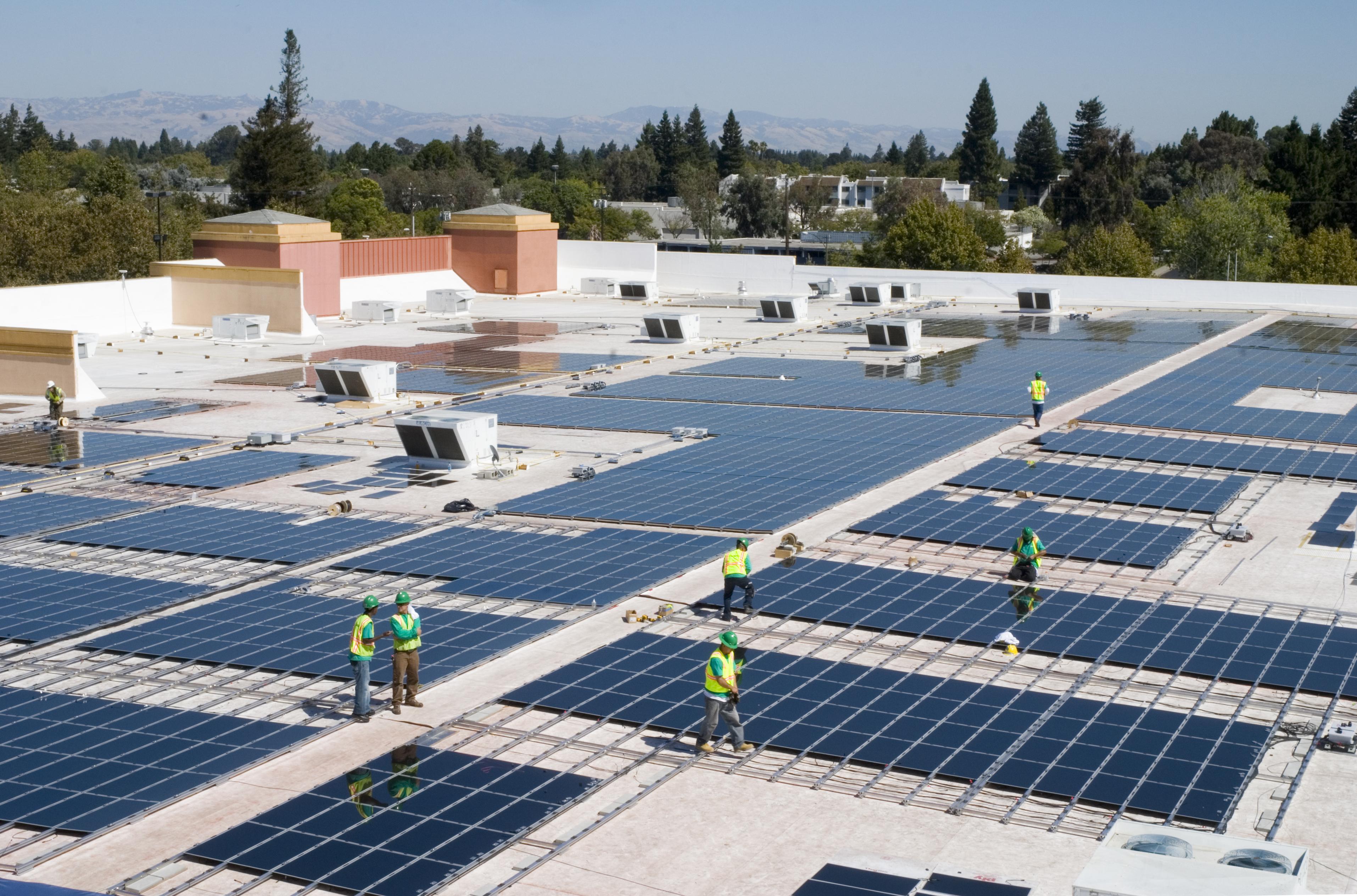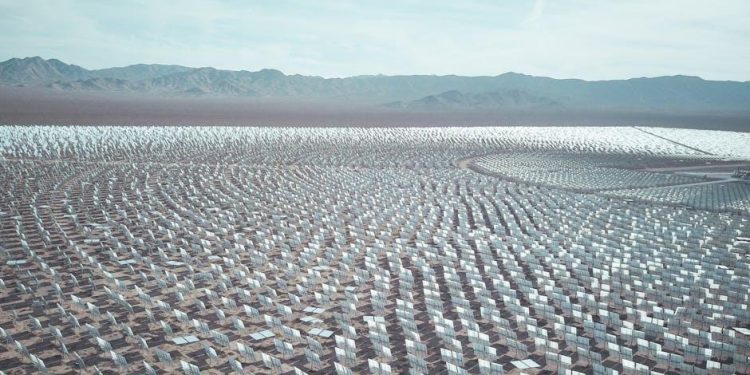In the quest for sustainable energy solutions, the sun has long been a source of inspiration and innovation. As its rays illuminate the Earth, they also illuminate the path towards cleaner energy production. Within this vibrant tapestry of solar technology, two contenders have emerged, each with its own unique strengths and characteristics: thin-film solar panels and traditional solar panels. While both serve the noble purpose of harnessing solar energy, they represent distinct approaches to capturing the sun’s power. This article embarks on an exploration of these two technologies, delving into their differences, advantages, and potential to reshape our energy landscape. Whether you’re a homeowner contemplating a solar upgrade or simply curious about the future of renewable energy, join us as we uncover the nuances and narratives of thin-film versus traditional solar panels.
Efficiency Unveiled Exploring the Power Output of Thin-Film and Traditional Solar Panels
When it comes to harnessing the sun’s energy, both thin-film and traditional solar panels have unique attributes that contribute to their power output efficiency. Traditional solar panels, commonly known as crystalline silicon panels, boast a robust track record for efficiency, generally converting about 15-20% of sunlight into electricity. They are often praised for their durability and high performance in optimal sunlight conditions. However, their efficiency can decrease in high temperatures or partial shading.
On the other hand, thin-film solar panels are a newer entrant in the solar technology arena. They are made by layering photovoltaic material on a substrate, resulting in a more flexible and lightweight product. While their efficiency rates are typically lower, around 10-13%, thin-film panels excel in diverse environmental conditions. They perform better in high temperatures and low-light situations, making them ideal for unconventional surfaces. Moreover, thin-film panels offer the potential for innovative applications, such as building-integrated photovoltaics and portable solar solutions.
Durability and Lifespan Comparing Long-Term Reliability in Solar Technologies
When it comes to assessing the durability and lifespan of solar technologies, both thin-film and traditional solar panels have unique attributes. Traditional solar panels, often made from crystalline silicon, have a proven track record of long-term reliability, typically offering warranties of 25 years or more. Their robustness is evident in their ability to withstand harsh weather conditions and maintain efficiency over decades. On the other hand, thin-film solar panels, which utilize materials such as cadmium telluride or amorphous silicon, are known for their lightweight and flexible characteristics. Although they may not match the longevity of their traditional counterparts, advancements in technology are gradually closing the gap, offering a competitive lifespan with the added benefit of easier installation on diverse surfaces.
- Traditional Solar Panels:
- Proven durability with extensive warranties
- High efficiency retention over time
- Resilient in extreme weather conditions
- Thin-Film Solar Panels:
- Lightweight and flexible design
- Improving lifespan with technological advancements
- Ideal for unconventional surfaces and installations

Aesthetic and Design Flexibility How Thin-Film Panels Blend into Modern Architecture
In the realm of modern architecture, thin-film solar panels have become a beacon of design innovation and aesthetic appeal. Unlike their bulkier traditional counterparts, these sleek panels offer unparalleled design flexibility, allowing architects and designers to seamlessly integrate them into a variety of structures. Whether it’s the undulating curves of a contemporary building or the minimalist lines of a modern home, thin-film panels can be tailored to complement any architectural vision.
- Versatility: Available in a range of colors and textures, thin-film panels can mimic conventional building materials.
- Lightweight: Their reduced weight makes them ideal for structures where heavy traditional panels would be impractical.
- Transparency Options: These panels can be made semi-transparent, providing unique opportunities for windows and facades.
- Curved Surfaces: Perfect for non-flat surfaces, offering a seamless finish that enhances the overall aesthetic.
Such features not only contribute to a building’s energy efficiency but also its visual identity, making thin-film solar panels a favored choice for forward-thinking architectural projects.

Investment Insights Weighing Costs and Benefits of Thin-Film versus Traditional Solar Solutions
When evaluating the costs and benefits of solar technologies, it is crucial to understand the distinctive features of both thin-film solar panels and traditional solar panels. Thin-film panels, renowned for their flexibility and lightweight nature, offer unique advantages in specific applications. They are particularly suited for installations on unconventional surfaces such as curved roofs or facades, where their adaptability can be maximized. Moreover, their manufacturing process is often less energy-intensive, which might appeal to eco-conscious investors.
On the other hand, traditional solar panels, typically silicon-based, are celebrated for their higher efficiency and durability. These panels generally provide a more consistent performance in diverse weather conditions, which can translate to a quicker return on investment in areas with less sun exposure. However, the initial cost can be higher, and their rigid structure might limit installation possibilities. When deciding between these two, consider factors like:
- Installation Surface: Is the surface flat or curved?
- Budget Constraints: What is the initial investment capacity?
- Environmental Conditions: How much sun exposure is expected?
- Long-term Goals: Are you prioritizing efficiency or flexibility?
The Conclusion
As we stand on the precipice of an energy revolution, the choice between thin-film and traditional solar panels represents more than just a decision about technology; it embodies a step towards a more sustainable future. Both technologies have carved out their unique paths, offering distinct advantages that cater to diverse needs and environments. Whether you find yourself drawn to the flexibility and lightweight appeal of thin-film solar panels or the tried-and-true efficiency of traditional photovoltaic systems, your choice contributes to a global tapestry of renewable energy solutions. As the sun continues its timeless journey across our skies, may our pursuit of innovation and sustainability illuminate the way forward, ensuring that the power of tomorrow is as bright as the sun itself.

































